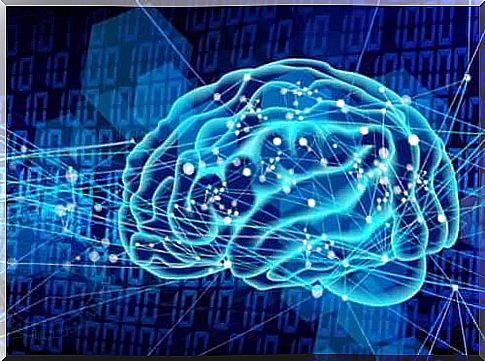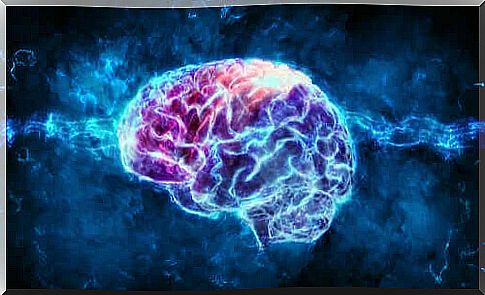Artificial Brain: Advances And Possible Uses

Although the idea of building a fully electronic brain is the subject of many science fiction films and novels, this idea has long been becoming a reality. In fact, there are several projects that involve the best minds on the planet with the aim of building the first artificial brain.
It is thought that the development of an artificial brain will make it possible to obtain an artificial intelligence equal to, if not superior to, that of humans. To do this, it is necessary to reconstruct both the single and simple molecules, as well as the complex neuronal connections.
In the following lines we describe the possible uses of the artificial brain and technological advances in this field, focusing above all on the Blue Brain project led by the IBM company.
Possible uses of the artificial brain
The possible uses of the artificial brain vary according to the motivations and objectives of each individual research center that is working on its development. Some are only aiming at a greater understanding of the human and animal brains, while others are seeking immortality.
The second is the so-called transhumanist group, made up of eccentric multimillionaires who fund research into building the artificial brain in order to achieve immortality.
The main idea is to transfer one’s consciousness and memories from the biological brain to the artificial one, thus achieving eternal life.

In addition to this suggestive use, the scientific use remains that can be summarized in three very important aspects:
- Learn more about the human brain and, consequently, understand how to cure some brain diseases. At the same time, expanding human cognition to levels never reached before.
- Try a philosophical theory about artificial intelligence, deepening the ethical-social issues behind the creation of a machine with the same cognitive abilities typical of the human being.
- Create a machine capable of carrying out intelligent actions. In other words, making a machine as intelligent as the human being, with the same adaptive and learning abilities. In this way, everyday problems could be solved thanks to the use of artificial intelligence.
Latest Advances in Artificial Brain Development
Despite the great advances in recent years in robotics and computing, we are still a long way from replicating the human brain. This is due to the great difficulties that the project has to face, given the need to simulate the complicated interactions between over 100 trillion neurons.
The project best known and followed by industry experts is the one led by the American computer company IBM and the École Polytechnique Fédérale de Lausanne, a Swiss university also known as EPFL. The project is called Blue Brain.
The latter aims to build an artificial brain by taking the brain activity of a rodent as a starting point. A project that makes use of a very powerful and gigantic computer, composed of smaller processors that represent the single reconstructed neurons.
Rebuilding a rodent’s brain aims to better understand how the human brain works. Especially of thought, memory and reasoning.
This project started in 2008 and is expected to give the first concrete results starting from 2050. But what could be the results? Overcoming human cognitive capacity or transferring the content of a human brain into an artificial brain.

Criticism of the project
Some neuroscientists find it preferable to focus efforts on developing generic intelligent actions, without the specific need to mimic the nature of the human brain. In fact, they consider it a titanic and even dangerous undertaking.
On the other hand, there are ethical issues that will need to be considered when the ultimate artificial brain is achieved. Matters concerning mainly his maintenance, his relationship with human beings, the development of his personality, his learning system, the actions he could be free to do and the possibility of one day ending his existence. In other words: would it be considered human? What rights would he have? Should it be disabled at some point?
Although there is still a long time to go to the final development of an artificial brain, the technological breakthrough in this sense is actually just around the corner. Especially since the investigators consider the development of the project and the reliability of the results obtained faster than expected.
In conclusion, the scientists who obtain an artificial brain will be called upon to answer not only technological questions, but also social, ethical and moral ones.









